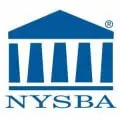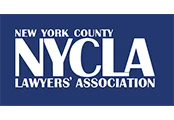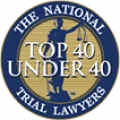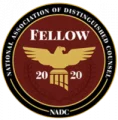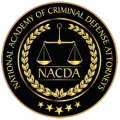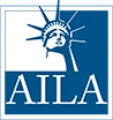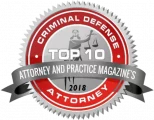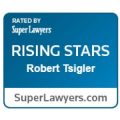Understanding the New York school discipline laws & regulations is important for both students and their parents or guardians. The state has specific guidelines that outline appropriate responses to disruptive behaviors, along with specific limitations on when certain suspensions can occur. The New York school code lists three definitions for students who may be subject to the suspension process. These are:
- Student Delinquent: This is a student under the age of 17 who is required to attend school but either habitually leaves school or irregularly attends but is insubordinate, disorderly, disruptive, or violent.
- Disruptive Pupil: This is a student under the age of 21 who significantly disrupts education or interferes with a teacher’s authority.
- Violent Pupil: This is a student under the age of 21 who commits specific unsafe and violent actions. These include intentional property destruction, making threats with a dangerous instrument, displaying an object that looks like a deadly weapon, possessing a dangerous instrument, or committing an act of violence against a student or staff member.
There are two types of suspension that students can be subject to
- Principal’s Suspension: This can’t last longer than five school days.
- Superintendent’s Suspension: These can last six days or longer.
The city’s Discipline Code outlines the infractions that may result in these disciplinary actions, which can give students an idea of what similar responses may be in the rest of the state.
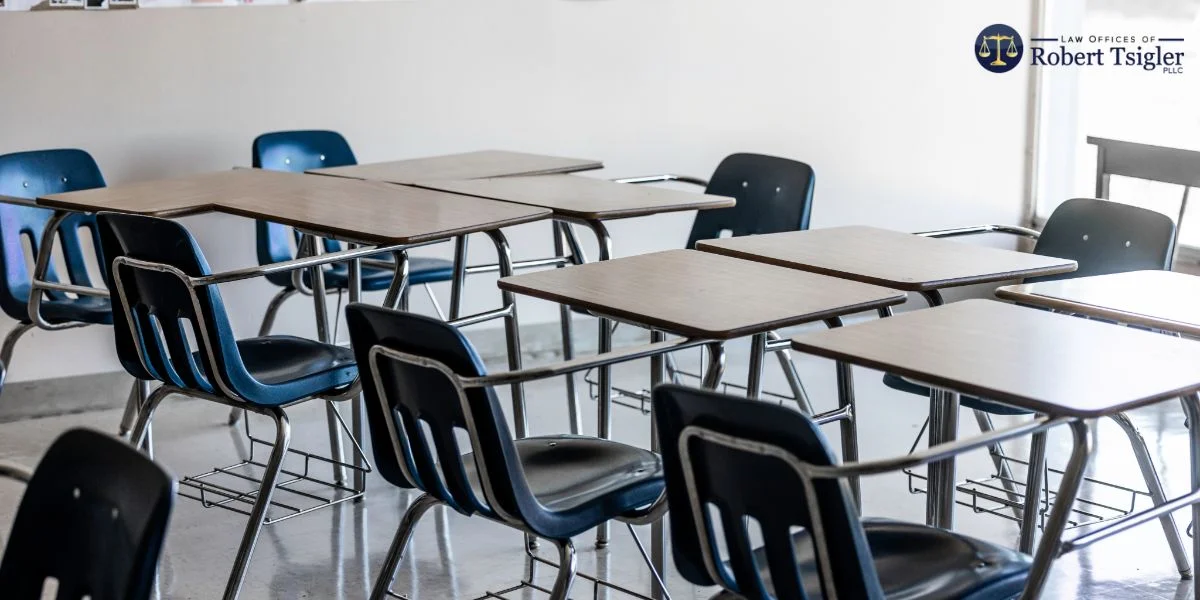
Principal’s Suspension Infractions
These offenses are typically considered disruptive behaviors, and the most severe penalty is a principal’s suspension. This doesn’t mean that these offenses are automatically punished with a suspension. Rather, these infractions could potentially be punished that way, especially in severe situations. Some of these offenses include:
- Disobeying school authorities in a way that disrupts education or poses a danger, which is only punishable with suspension with authorization from the Office of Safety and Youth Development
- Entering or trying to enter a school building without authorization or into an unauthorized entrance
- Engaging in minor physical alterations and confrontations with students or staff
Superintendent’s Suspension Infractions
These include disruptive, aggressive, harmful, and seriously dangerous behaviors. The violations that can bring this most severe penalty of a superintendent suspension include:
- Using discriminatory slurs
- Bringing unauthorized individuals to the school or allowing unauthorized individuals entry
- Tampering with school records, including by electronic means
- Possessing another’s property without authorization
- Violating the Internet Use Policy
- Gang-related behavior
- Substantial damage to school property or another’s personal property
- Academic and scholastic dishonesty
- Distributing or posting defamatory material
- Sexual conduct on school grounds or during school functions
- Threatening or planning an act of violence
- Harassment, intimidation, or bullying, including cyber-bullying
- Falsely pulling a disaster alarm
- Inciting a riot
- Using controlled substances
There are many other offenses and behaviors that may call for varying levels of superintendent suspension. These offenses have further requirements in the discipline code concerning the length of time that a long-term suspension is allowed for a specific offense.
Expulsion Infractions
The discipline codes list several infractions where the highest penalty is a superintendent suspension lasting longer than 20 days. When this is necessary, expulsion may also be an option. Expulsion is only allowed for students in general education who have turned 17 before the beginning of the school year in July.
When this is the case, a student can only be expelled by the Senior Executive Director of the Office of Safety and Youth Development or by another designee of the Chancellor of the Community Superintendent.
Some of the behaviors that may result in more than 20 days of suspension and the potential for more serious actions like expulsion include:
- Starting a fire
- Forcefully taking property from another
- Using force or inflicting a serious injury against staff
- Instigating group violence
- Physical, sexual aggression or sexual assault
- Possessing a Category I weapon
- Selling or distributing controlled substances
- Using a weapon to threaten others or inflict injury
In these cases, superintendent suspension is often the minimum punishment available. If you or your child is facing accusations that are this serious, it is crucial to have an attorney protect your rights and determine if you have options to mitigate disciplinary action.
FAQs
Q: What Is 3214 in New York Education Law?
A: Section 3214 in New York Education Law explains the limits and requirements of suspending a student in one of the state’s schools. This law:
- Defines what a violent student is.
- Defines what a disruptive student is.
- Outlines how suspensions are handled.
- States who can give a suspension and for how long.
- Lists what is required in a notice of suspension.
- States the student and their guardian’s right to a meeting or a hearing.
- Lists how the transfer of students is handled.
Q: What Is Education Law 13 in New York?
A: Education Law Section 13 in New York exists to prevent, avoid, and eliminate harassment, bullying, and discrimination in schools. This law states that school districts should make policies and procedures to accomplish some of the following:
- Train staff to respond appropriately and report harassment, bullying, and discrimination.
- Provide methods for students to report these actions.
- Create school training programs to discourage these actions.
- Develop nondiscriminatory methods for schooling and counseling.
- Ensure that a minimum of one staff member can manage human relations across diverse areas.
The school should include these guidelines but not be limited to them.
Q: What Is a Disciplinary Violation in School?
A: A disciplinary violation in school occurs when a student acts dishonestly, inappropriately, violently, or disruptively, and this action results in a disciplinary action. Violations may include academic dishonesty, violations of the school code, intentionally damaging property, or committing an act of violence. A disciplinary action may include referral to the principal’s office, detention, short-term and long-term suspension, and expulsion.
These punishments are designed to prevent further misbehavior, and they should be an appropriate response to the behavior.
Q: Who Is in Charge of Discipline at a School?
A: At a school, those who are in charge of discipline may include the school’s principal, the district’s superintendent, a board of trustees, and/or the board of education. These are the parties with the ability to suspend a student when necessary, although there are different types of suspension that each can assign. However, for lesser discipline, such as detention or being sent to the principal’s office, a teacher has that ability.
Legal Support in the Face of New York School Suspension or Expulsion
The team at the Law Offices of Robert Tsigler, PLLC, can provide you with the support you need if you or your child is facing serious academic disciplinary actions. You have certain rights under these laws, and our team can help you uphold them. Contact us today.






